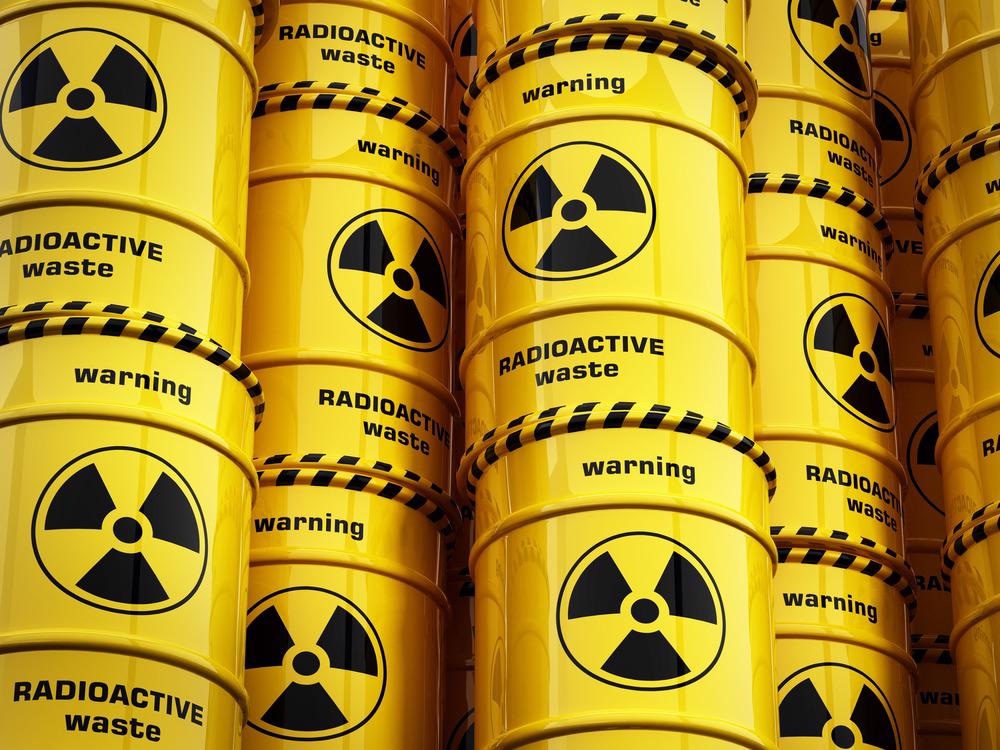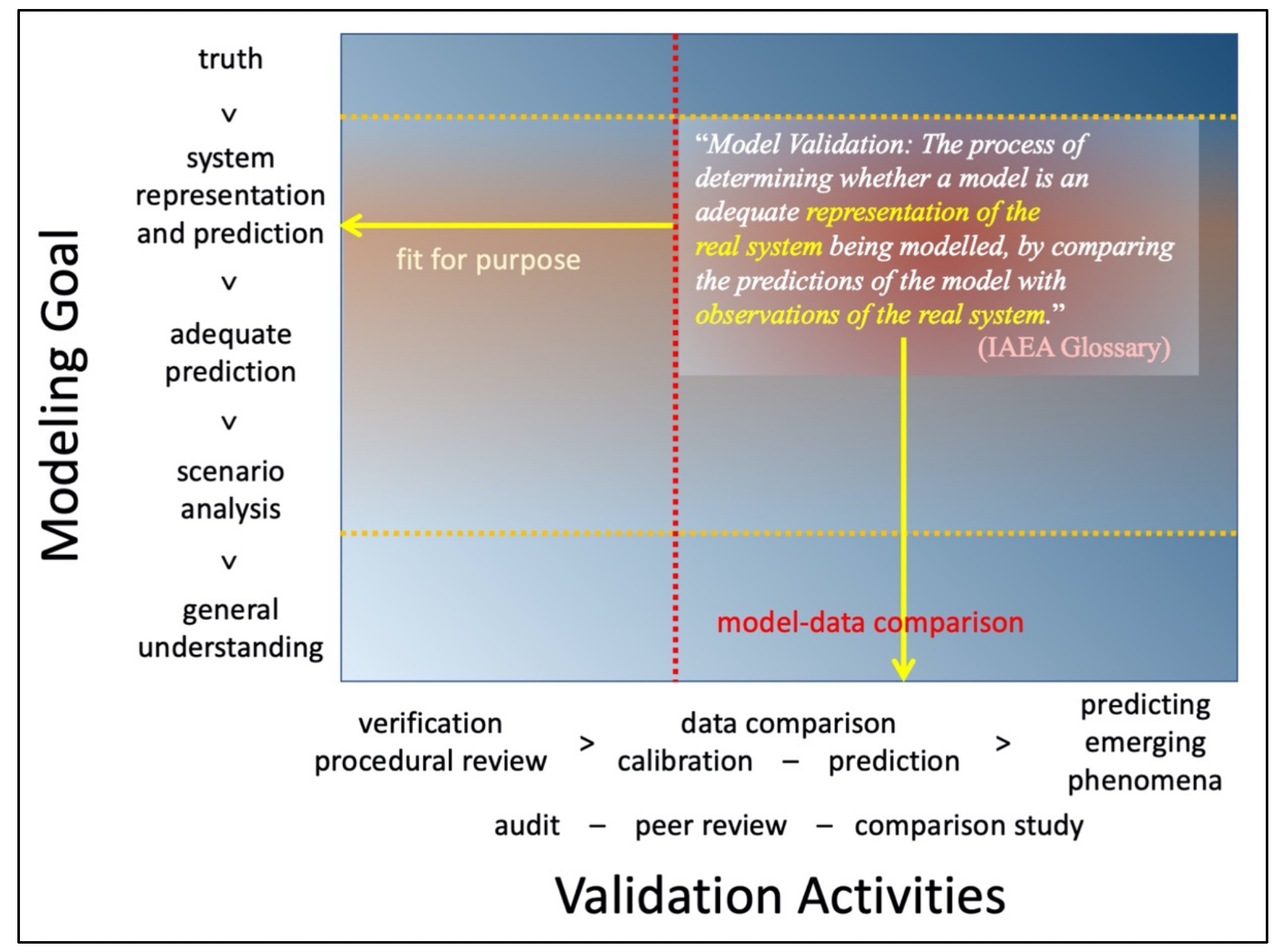Scientists from Finsterle GeoConsulting in the US and Fracture Systems Ltd. in the UK have collaborated on a study investigating how numerical models can enhance the safety of nuclear waste storage in repositories. Their paper has appeared online in the journal Energies.

Study: Pragmatic Validation of Numerical Models Used for the Assessment of Radioactive Waste Repositories: A Perspective. Image Credit: cigdem/Shutterstock.com
Evaluating the Safety of Nuclear Waste Disposal
Since the mid-20th century, nuclear power has been a hot-button topic. Whilst it provides abundant energy, radioactive waste produced by the industry is extremely dangerous. Amongst the complex considerations during waste disposal, finding suitable geological repositories for the safe storage of spent nuclear materials is crucial.
A natural, geologic repository has several natural features that can interact with storage vessels. Thorough consideration of physical, chemical, thermal, and biological processes is crucial when choosing a repository, as these can influence the integrity and performance of waste canisters, leading to the potential release of radioactive material into the environment with consequences for human health and fragile ecosystems.

Approximate relation between validation activities needed to reach a particular validation goal. The yellow and red dotted lines indicate, respectively, the modeling goals and validation activities targeted by pragmatic model validation and the relation to the main goal and activity highlighted in the IAEA definition of model validation. Image Credit: Finsterle, S & Lanyon, B, Energies
Repositories can be affected at the molecular level by these coupled processes, and the escape of nuclear waste from them can affect entire regions. Furthermore, there is a spatiotemporal relationship in processes that can cause the repository to evolve over time, leading to long-term issues which may not initially be obvious when searching for places to store radioactive waste.
In addition, monitoring repositories is problematic due to them typically being placed deep underground to isolate them far away from the surface environment. This significantly limits the ability of engineers to accurately assess the integrity of storage sites.
Numerical Modelling
Numerical modeling plays a key role in the evaluation of repositories. A vital tool, it helps understand how a repository evolves and the potential threat it poses to the environment and human health. Site-specific modeling is employed to understand the multivariate factors and coupled processes that occur and how they influence repository behavior. These models are based on both established principles and site-specific characterization data.
Another benefit of site-specific numerical models is the ability to calculate and predict variables that would otherwise be difficult to observe due to the nature and location of the storage site. Furthermore, the system’s evolution can be forecast and modeling provides the opportunity to analyze alternative scenarios that may affect the integrity of the waste repository.
Models are inherently uncertain, leading to questions about confidence in results, and it is important to communicate uncertainty to all stakeholders, governments, and the general public if necessary. Models undergo a formal process of validation to increase confidence levels. Definitions of model validation often differ, emphasizing various aspects, although there are several key elements.
Satisfying the acceptance criteria of validation models is essential to effectively predict the evolution of nuclear waste repositories and provide information on their characteristics to ensure safe operation.
The Paper
The nuclear waste management industry is highly regulated because of the critical nature of radioactive materials and the potential for catastrophic disaster should problems occur during disposal and long-term storage.
The study has presented a perspective on the use of model validation for the quantitative assessment of radioactive material repositories and their practicality. Firstly, the discussion’s philosophical roots have been highlighted. Some critics of using numerical models to analyze and validate physical systems state that they can lead to models, at best, being considered “not invalid.” The use of numerical modeling and model validation of physical systems is a highly contentious issue.
Careful model evaluation is essential, according to the authors. Models are purposeful and simplified representations of the real repository. It is essential that a model is not too simple or overparameterized, and an appropriate level of model complexity is needed, with a trade-off between the real system’s complexity and the need to be commensurate with the model’s requirements. It is also important to realize that there may be undiscovered biases and ambiguities.
The authors have highlighted the importance of a pragmatic approach. This type of validation is demanding, and its goal is to improve confidence in the ability of the model to reliably predict and make statements about a repository and its specific aspects. Residual uncertainty is recognized by this approach to model validation.
Pragmatic validation exposes a model to tests that assess its efficaciousness. Expectations about a valid model’s aim are wide-ranging. Rigorous validation improves the model and its ability to examine the various parameters of geological radioactive waste repositories and predict real-world scenarios.
In conclusion, the authors have stated that there is no single optimal validation approach, even with the wealth of computation toolkits that support validation processes. The approach must be adapted to fit the numerical model, the research question, and overall goals. There are practical and fundamental limitations to the validation process, but testing models to elucidate their weaknesses is essential.
Further Reading
Finsterle, S & Lanyon, B (2022) Pragmatic Validation of Numerical Models Used for the Assessment of Radioactive Waste Repositories: A Perspective Energies 15(10) 3585 [online] mdpi.com. Available at: https://www.mdpi.com/1996-1073/15/10/3585
Disclaimer: The views expressed here are those of the author expressed in their private capacity and do not necessarily represent the views of AZoM.com Limited T/A AZoNetwork the owner and operator of this website. This disclaimer forms part of the Terms and conditions of use of this website.